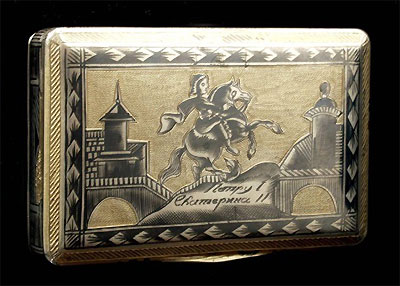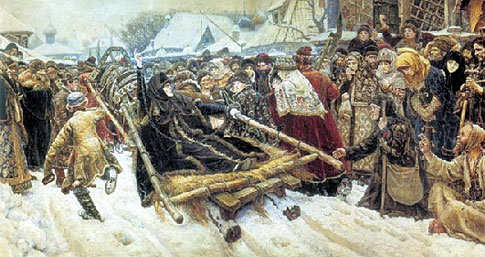especially outstanding
Konstantin Meunier – an artist who glorified the proletariat
 The life of the Belgian master Constantin Meunier is not eventful. But his creative biography is unusual. He began as a sculptor, visiting the class of the Academy of Fine Arts in Brussels and the workshop of Sh. O. Freken, a follower of classicism. Then for many years engaged in painting. Only at the age of 50 he returned to sculpture – a unique case in the history of Western European art of that era.
The life of the Belgian master Constantin Meunier is not eventful. But his creative biography is unusual. He began as a sculptor, visiting the class of the Academy of Fine Arts in Brussels and the workshop of Sh. O. Freken, a follower of classicism. Then for many years engaged in painting. Only at the age of 50 he returned to sculpture – a unique case in the history of Western European art of that era.
At the same time, Meunier continued to work as a painter, creating major works in 1890–1900s. The master found in painting compositional solutions, which he later transferred to sculpture. Continue reading
Wooden sculpture of Prikamye
 The discovery of this “completely unprecedented and absolutely amazing phenomenon” – the original folk art of the Kama region – belongs to N. N. Serebrennikov, an Ural art historian, collector and researcher of wooden sculpture. For 40 years he worked as a director and chief curator of the Perm Art Gallery.
The discovery of this “completely unprecedented and absolutely amazing phenomenon” – the original folk art of the Kama region – belongs to N. N. Serebrennikov, an Ural art historian, collector and researcher of wooden sculpture. For 40 years he worked as a director and chief curator of the Perm Art Gallery.
“… I clearly remember that incident,” Nikolai Nikolayevich wrote. – It happened in the village of Ilinsky, Perm province in 1922. Tired, then I went to my house. A gusting wind blew. Continue reading
Kanoplasta from Tanagra
 The Greek words “tanagra”, “tanagryanka” about a hundred years ago entered the Russian language. They are now used to denote everything fragile, feminine and plastic. The artist V. Serov invented the term “tanagretika” on their basis, meaning beneath it artless, elegant, opposite to the cold and rational in art.
The Greek words “tanagra”, “tanagryanka” about a hundred years ago entered the Russian language. They are now used to denote everything fragile, feminine and plastic. The artist V. Serov invented the term “tanagretika” on their basis, meaning beneath it artless, elegant, opposite to the cold and rational in art.
The ancient city of Tanagra in Boeotia, in the northeast of the Balkan Peninsula, has gained wide popularity in recent times thanks to an archaeological sensation – finds of Tanagrian figurines. Continue reading



